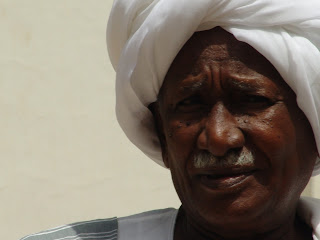Now it’s official. The US State Department spokesperson Crowley last Tuesday speaking fully in CPAese, the if and whether language of the Sudanese ruling partners, made the following statement: “while it is theoretically possible that the referendum could still go on schedule regarding Abyei, we recognize that that is increasingly problematic. Given that there is no agreement between North and South on the details of that referendum, if they are able to arrive at a different course of action; that is up to them. But it has to be a mutually agreeable alternative.” As far as public statements go the two sides have not yet arrived at a workable alternative for the Abyei referendum. The probability is that each side is waiting to tire the other out into concessions under the deadline pressure of the 9th January vote. In essence the same approach that led the two to accept in blind Danforth’s Abyei package in the first place during the negotiations marathon of CPA-I.
This is the second time that Abyei has been promised a referendum and eventually denied it for the greater good of making peace. The Abel Aler-Joseph Lago Addis Ababa accord of 1972 that ended Sudan’s first civil war (1962-1972) likewise featured an Abyei referendum that was eventually killed by neglect. Addis Ababa granted the South semi-autonomous rule and a regional government, and Abyei remained an exception that proved the rule of Juba’s vulnerability governed by extraordinary presidential dictate. In the geometric logic of the CPA the most likely fate for Abyei now is partition into a Northern and a Southern zone. Abyei’s inhabitants, Misseriya and Dinka Ngok, will both find fault with a border negotiated on their behalf, or rather with the concept of a state border superimposed on their livelihood space wherever its exact location.
The Abyei exception this time is evidence of the reactionary sin at the heart of the CPA’s progressive self-determination pledge, namely its citizenship deficit. The new Sudans’ refashioned inhabitants in North and South qualify as citizens by virtue of their race, something the evil old Sudan did not admittedly embrace in law. Across the history of this geography Sudanization involved continuous population flows along the South-North and the West-East axes generating a plethora of ethnic labels as markers of hybridity. To be a North Sudanese or a South Sudanese fails the ‘Sudan’ in the equation. Abyei’s dilemma is that it remains stubbornly Sudanese yet to succumb to the geometry of partition.





No comments:
Post a Comment